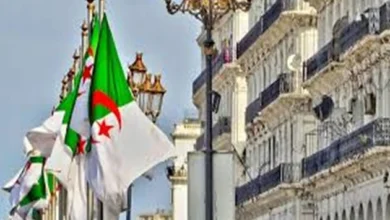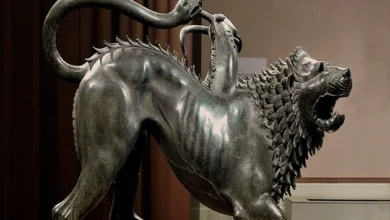Secrets behind the most impressive underground cities in the world
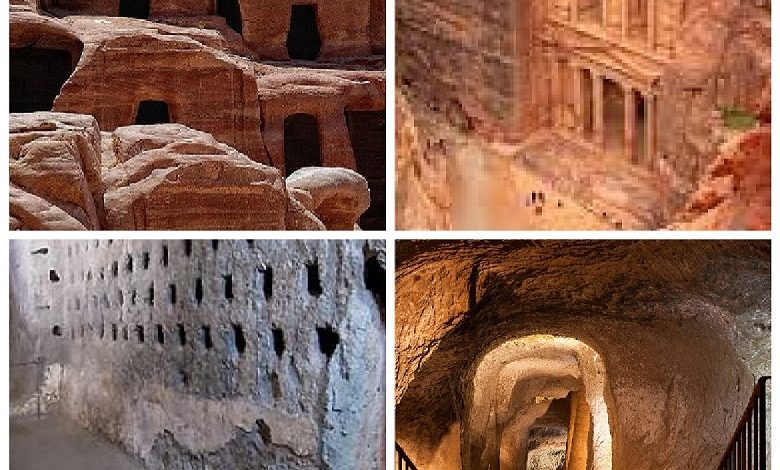
There are a vast number of not only ancient underground cities in the world but also relatively modern ones, which are hidden in the bowels of the earth and at the same time are part of megacities. From ancient dungeons and bunkers of the Cold War to real cities of the future – the most amazing underground cities of our earth.
The fantasy of a modern man, when mentioning underground settlements, will most likely draw some ancient cave. Perhaps the home of the troglodytes or fantasy stories on a post-apocalyptic theme. However, underground cities are different but no less attractive.
Petra, Jordan
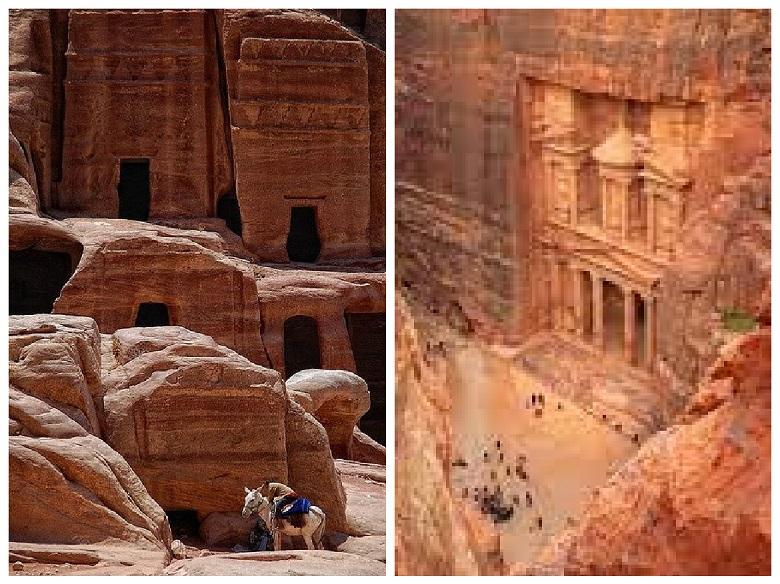
Petra is a very ancient city. It is located in the southwest of Jordan. It is the former capital of Idumea and later of the Nabataean kingdom. Peter, in translation from Greek, means “rock”. Absolutely – after all, this entire ancient city is entirely made of stone. It is also called the “Rose City”. When the sun rises and sets, the rocks shine crimson pink.
Petra is known, probably, to almost everyone for her cameo role in the film “Indiana Jones and the Last Crusade.” A city built by nomads, hiding it in the mountains of southern Jordan. This place has been inhabited since prehistoric times. The peak of development of Petra fell on a period of about 2000 years ago. Then the ancient Nabateans carved by hand from the surrounding sandstone hills a magnificent collection of tombs, banquet halls and temples.
One of the most famous and highly exquisite buildings is Al-Khazneh. Its decorative facade rises forty meters above the cliff. Petra may have been home to 20,000 people during its heyday. It was abandoned around the 7th century AD. Europeans were unaware of Petra’s existence until the 1800s. Excavations at this site are still ongoing. Scientists believe that most of the city is still hiding underground.
Orvieto, Italy

The Italian city of Orvieto stands majestically right on top of a hill. It is best known for its white wines and picturesque architecture. His most mysterious wonders are hidden underground. Since the ancient Etruscans, generations of local people have lived in its underground catacombs.
The city was initially built on volcanic cliffs. Later, an underground labyrinth was carved. At first, it served only for the construction of wells and water storage. Centuries passed, and it grew up. The city has over 1200 interconnected tunnels, caves, and galleries.
Some chambers contain the remains of Etruscan sanctuaries and medieval olive presses. Others have indications that they were used as wine cellars or roosts for pigeons, a typical local delicacy. The underground city of Orvieto has also often served as a refuge during the wars. Its last use in this capacity was relatively recently, during the Second World War.
Burlington Bunker, UK

The shelter, built during the Cold War, was supposed to save the most important members of the British government in the event of a nuclear strike. This impressive underground complex covers an area of 15 hectares. It is located under the village of Corsham at a depth of thirty meters.
Burlington Bunker was built in the 1950s, and it consists of several tunnels and stone caves. It contained offices, cafeterias, a telephone exchange, medical facilities, and bedrooms. Everything was thought out to the portable detail. The British Prime Minister and some 4,000 other key government officials were to be comfortable and safe in an emergency. It even had its own BBC studio, which the prime minister could use to address the people.
Although the Burlington facility was never used, it was classified entirely until 2004. After that, the British government considered it unnecessary and declassified it. Now they are trying to find some practical use for it.
Matmata, Tunisia
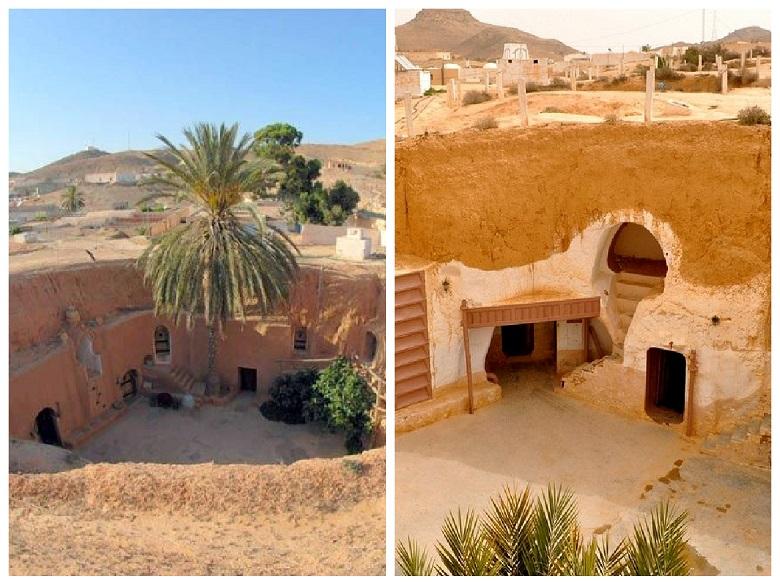
The small town of Matmata in southern Tunisia is unique. They lived here for centuries in the dungeons. This is somewhat unusual for this part of the world, where the desert reigns, where it is customary to build only terrestrial dwellings from clay and stone.
The secret of the origin of the underground city lies, most likely, in the times of the Roman conquests. People built dugouts where the ground was hard. Life in such houses is still considered normal here. Underground homes are well protected from the sweltering summer heat and fierce winter winds.
In the 60s of the last century, a large-scale flood occurred in the region. The dungeons were completely flooded. Some people have moved to traditional land-based homes. Some of the residents remained faithful to their dugouts. Some do this: next to the cave, they build an above-ground shelter, and the underground serves various domestic purposes. The local attraction is the Sidi Driss hotel. He has become a star, appearing in films such as Star Wars: A New Hope and Attack of the Clones. The inn was Luke Skywalker’s home on his homeworld, Tatooine.
Montreal, Canada
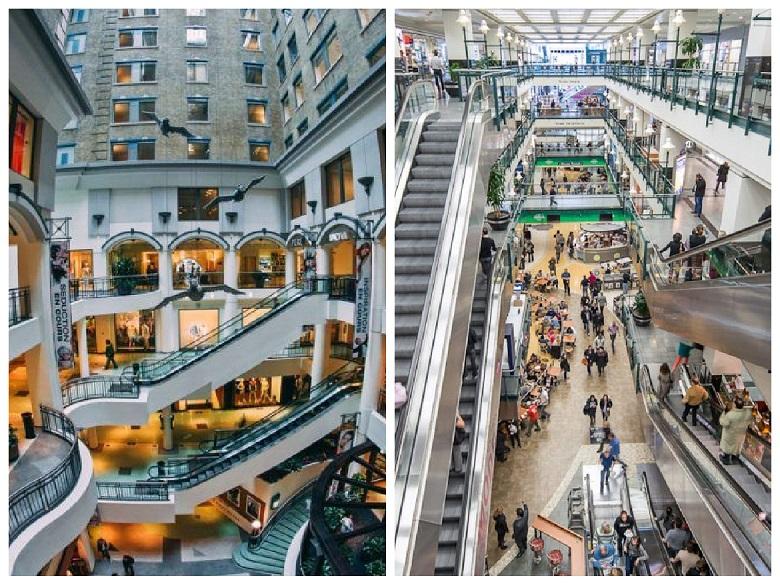
The underground city of Ville Marie is Montreal’s main tourist attraction. This is not just a shopping centre; it is a vast underground city. It was built in 1962. The unusual object was intended to help the townspeople endure harsh winters, winds, and humid summers in the capital of Quebec more easily. In Ville Marie, there are shops and educational institutions, banks, theaters, residential buildings, offices, and even stadiums.
There is a full-fledged transport connection inside the city. Buses, cars, and even subway trains run there. Locals consider this lace an incredibly convenient place to work and live. No need to throw away time in traffic jams. The Montreal authorities are determined to expand the boundaries of the underground city over time.
Cricova, Moldova
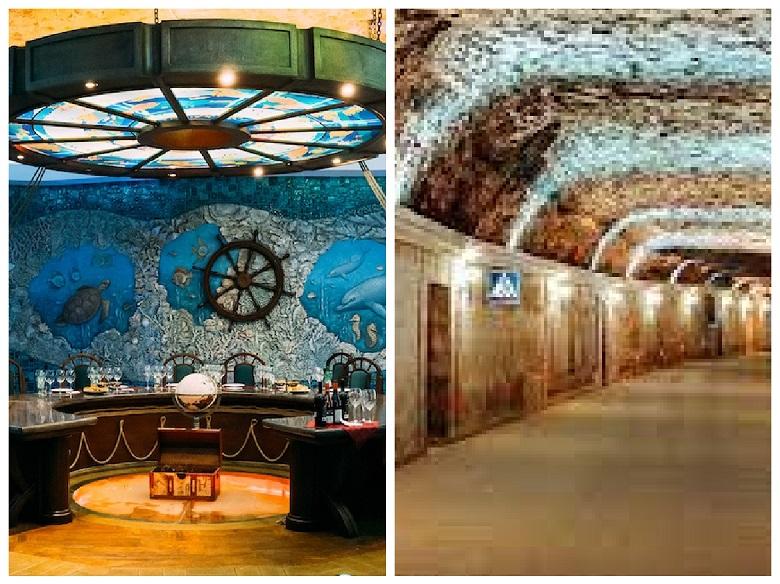
One of the main attractions of Moldova is the underground city of Cricova. It is located very close to Chisinau, just twenty minutes away. The history of this town began after the Second World War. Then in Moldova, winemaking slowly began to revive. The problem of an acute shortage of premises for ageing and storing wine immediately arose.
The former limestone mines attracted the attention of the authorities. It was decided to build a champagne factory on the site of the workings. The mines proved to be an ideal location with a constant temperature suitable for this purpose. Now the plant has been operating for over six decades. Workings in the depths of this dungeon reach a length of 60 kilometres. Visitors travel by bike and even by car. There are even road markings and traffic lights.
Coober Pedy, Australia
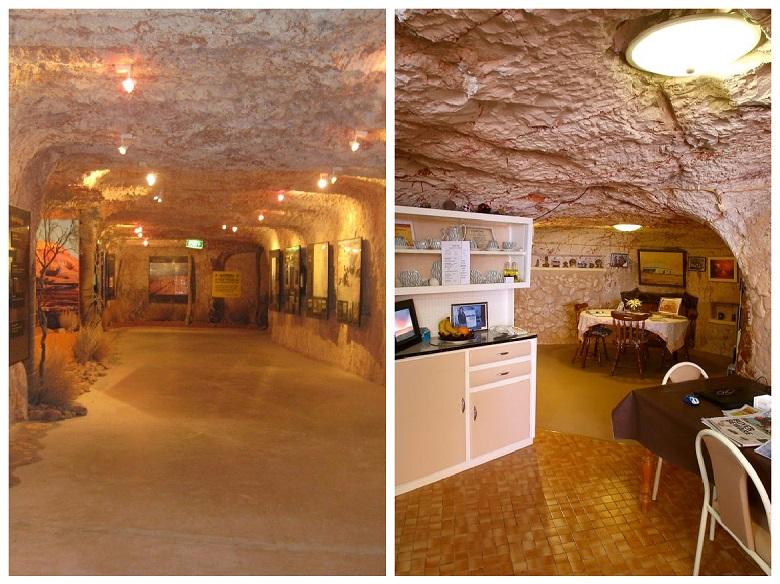
Coober Pedy is a former mining settlement. After all, here is the largest opal deposit on our planet. Some call this place the strangest city in the world. The village was built underground because the local climate is painfully severe here. The terrible heat, the raids of wild dingo dogs forced the prospectors to hide in dugouts. Mine workings are adjacent to residential buildings, restaurants, coffee shops, shops, temples, and other attributes of ordinary city life, including a cemetery. The terrain in this region is not abundant in vegetation. We can say that it does not exist at all. Residents of the “opal capital” boiled trees from scrap iron.
The townspeople consider their home to be cosy and comfortable. Many houses do not have air conditioning. Here, in itself, the optimal temperature regime is maintained. Locals rise to the surface at night. It’s so nice to play football or golf on a fantastic evening. The extraordinary city is always open to tourists.

